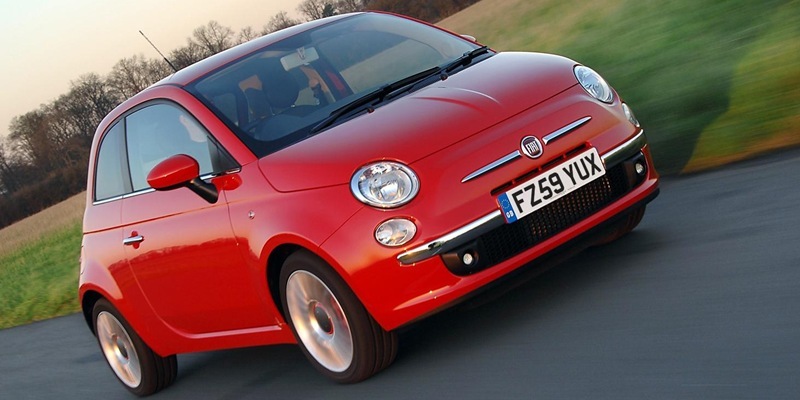Some of the most stylish and characterful cars on sale right now are modern re-imaginings of old classics.
BMW’s reworking of the Mini has been an unqualified success story, while VW are currently assembling the third-generation Beetle.
Fiat got in on the act back in 2007 when they premiered a new version of the 500, 50 years after the original first came on the scene. It’s since been almost universally hailed, even though it lacks two of the features that made the original so unique.
The first is the engine in the rear. For reasons of practicality, that’s not really possible in a car that wants to do well in the 21st century marketplace. The other is a two-cylinder engine.
When the 500 came out it was powered by a conventional four-cylinder engine. Now Fiat has added a two-cylinder unit into the range becoming the first mainstream manufacturer to put such an engine into a car since the early 1980s.
Thanks to the addition of a turbocharger, the little 875cc unit puts out a punchy 85bhp and uses Fiat’s clever MultiAir technology to maximise efficiency.
It’ll get from 0-62mph in 11 seconds and has a top speed of 108mph, making it fast enough for motorway use. It’s faster, more powerful and more economical than the four-cylinder 1.2 litre engine Fiat also offers with the 500.
When it’s idling it’s quiet enough, but exercise your right foot and it gives off a sporty, catchy roar that’s quite unique and engaging.
It makes the car terrific fun, although when you’re not zipping along country lanes and just want to settle down and do some motorway miles its noisiness can get a bit wearisome.Quirky and differentIt’s a nippy handler as well, with the lower weight of the two-cylinder model making it even more agile.
On value for money the 500 scores excellently. The basic Pop version I drove only costs £10,865. Official fuel economy is a whisker under 70mpg (although in real-world driving you’re looking at mpg in the mid to high 50s) and it costs nothing to road tax.
It’s also a very stylish little car. Quirky and different, it’s rare in that the designers have paid as much attention to the car’s inside as its outside a body-coloured metal dash and oversized rev counter dial are just two of the many pleasing touches in there.
This is a car designed for a pretty 20-something Italian girl to zip around Rome in, although this not-so-pretty 30-something Scottish boy still felt at least vaguely trendy zipping round St Andrews in it.
The 500 has its downsides, of course. The boot is small, the rear seats smaller still. Rear visibility is poor and the steering wheel adjusts for height but not reach, making it hard for long-legged drivers like me to get comfy.
Looking at things objectively, it’s not the best little car out there. The Toyota Yaris does almost everything better than the 500.
It’s roomier, quieter, has better technology, and is more comfortable and better built. Yet the 500 has so much character and charm it’s easy to let that slide.
I liked it a lot.
Price: £10,8650-62mph: 11 secondsTop speed: 108mphEconomy: 68.9mpgCO2 emissions: 95g/km
